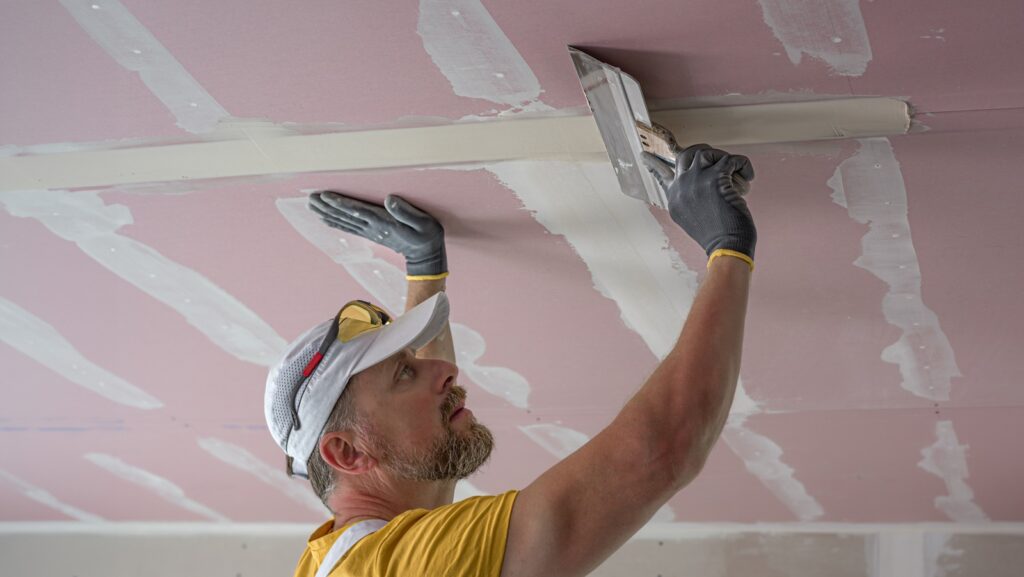
In January 2023, a severe ice storm struck Oregon, causing significant damage to homes. One homeowner experienced extensive water damage when the weight of the ice cracked their roof, resulting in a flooded bedroom and the need for a complete ceiling replacement. Faced with this challenge, the homeowner, alongside their brother, embarked on a journey of DIY repairs that not only restored their home but also provided valuable insights into the drywall installation process.
The initial task involved removing the damaged ceiling, which required the use of several standard tools like a prybar, hammer, and drill. Among the essential items purchased was a drywall lift from Harbor Freight, a recommendation found in many project preparation lists. However, another tool emerged as unexpectedly crucial throughout the project: an oscillating multi-tool. While this tool was not initially included in the homeowner’s plans, it proved invaluable from the demolition phase to the final finishing touches.
Demolition and Initial Challenges
The demolition process began with the careful removal of ceiling lights, fans, and vents, followed by tearing down the old drywall. This stage can be messy and time-consuming, but the homeowner found that using the oscillating multi-tool significantly eased the process. The multi-tool allowed for precise cuts, especially in spots where the drywall overlapped with a wall.
At one point, the homeowner faced the challenge of dealing with stripped drywall screws. Utilizing a metal cutting saw bit with the multi-tool enabled them to cut these screws flush to the joist, creating a clean surface for the new drywall installation.
After successfully removing the damaged drywall and installing new insulation, the next step was to attach the new drywall sheets. While traditional rotary cutters could be used for cutting holes for lights and vents, the oscillating multi-tool provided cleaner, straighter lines, making the task much simpler.
Installation and Finishing Touches
As the installation progressed, the homeowner encountered imperfections in the drywall sheets that required patching. The oscillating multi-tool once again came to the rescue, allowing for precise cuts to remove damaged sections and create snug-fitting replacement patches. This tool facilitated nearly seamless repairs, even before applying joint compound.
Once the drywall was in place, the process of filling joints and covering screws with drywall tape and joint compound began. While the oscillating multi-tool was not needed for most of this work, it proved beneficial during the final stages of the project. Traditional drywall sanders struggle to reach corners, but the oscillating tool’s triangular sanding attachments made it ideal for smoothing out seams in tight spaces.
The project showcased not only the importance of having the right tools but also the adaptability required when tackling unexpected challenges. The homeowner’s experience illustrates how essential it is to invest in versatile tools like the oscillating multi-tool, which can make a significant difference in the ease and quality of home repair tasks.
By the end of the project, the homeowner had not only restored their ceiling but also gained practical knowledge about drywall installation that would benefit them in future endeavors.







